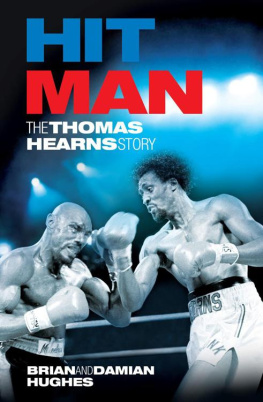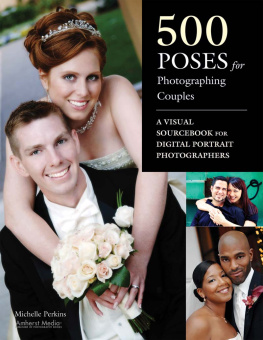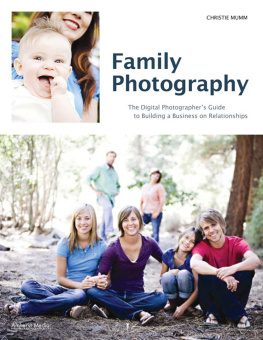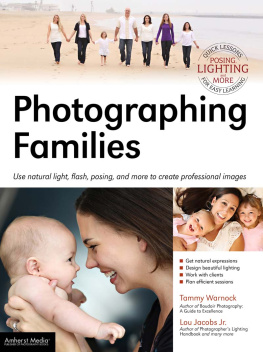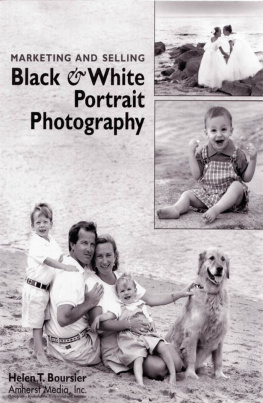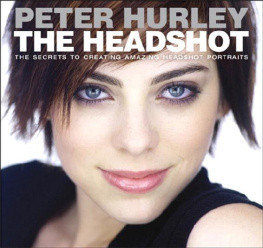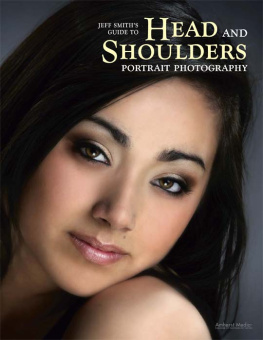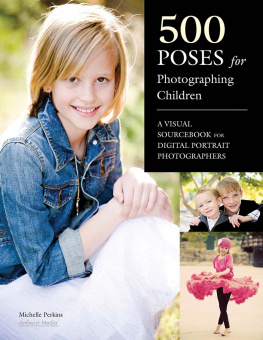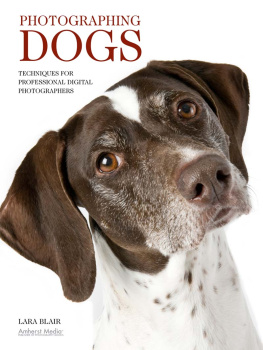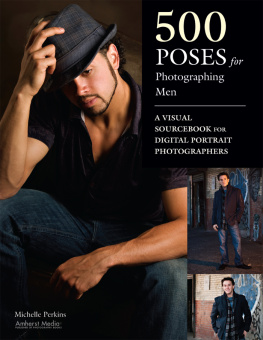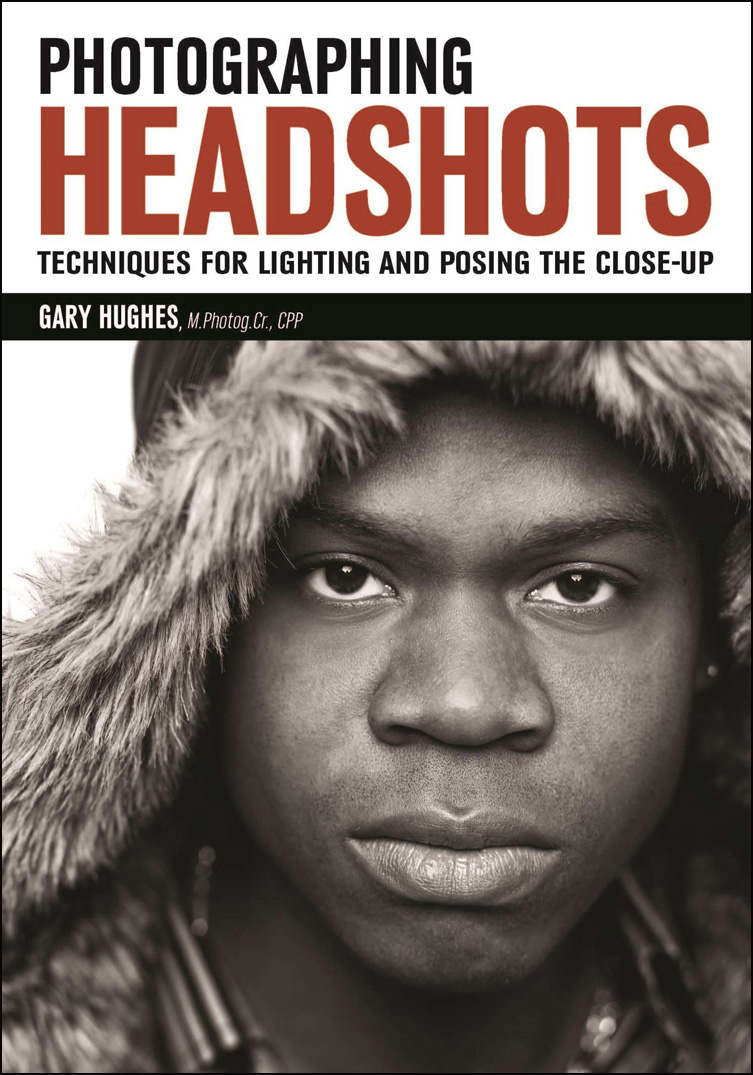
ACKNOWLEDGEMENTS
The list of voices that guide me is long and there arent enough pages for them all. The clearest voices will always be my mom and dad cheering for me, even when I dont deserve it. I share in every failure and every success with Julie, my wife, who blesses everyone she knows with her light.
Copyright 2017 by Gary Hughes.
All rights reserved.
All photographs by the author unless otherwise noted.
Published by:
Amherst Media, Inc.
PO BOX 538
Buffalo, NY 14213
www.AmherstMedia.com
Publisher: Craig Alesse
Senior Editor/Production Manager: Michelle Perkins
Editors: Barbara A. Lynch-Johnt, Beth Alesse
Acquisitions Editor: Harvey Goldstein
Associate Publisher: Kate Neaverth
Editorial Assistance from: Carey A. Miller, Sally Jarzab, John S. Loder, Roy Bakos
Business Manager: Adam Richards
ISBN-13: 978-1-68203-089-9
Library of Congress Control Number: 2016938268
10 9 8 7 6 5 4 3 2 1
No part of this publication may be reproduced, stored, or transmitted in any form or by any means, electronic, mechanical, photocopied, recorded or otherwise, without prior written consent from the publisher.
Notice of Disclaimer: The information contained in this book is based on the authors experience and opinions. The author and publisher will not be held liable for the use or misuse of the information in this book.

www.facebook.com/AmherstMediaInc
www.youtube.com/AmherstMedia
www.twitter.com/AmherstMedia
AUTHOR A BOOK WITH AMHERST MEDIA!
Are you an accomplished photographer with devoted fans? Consider authoring a book with us and share your quality images and wisdom with your fans. Its a great way to build your business and brand through a high-quality, full-color printed book sold worldwide. Our experienced team makes it easy and rewarding for each book soldno cost to you. E-mail today!
Table of Contents
Guide
CONTENTS




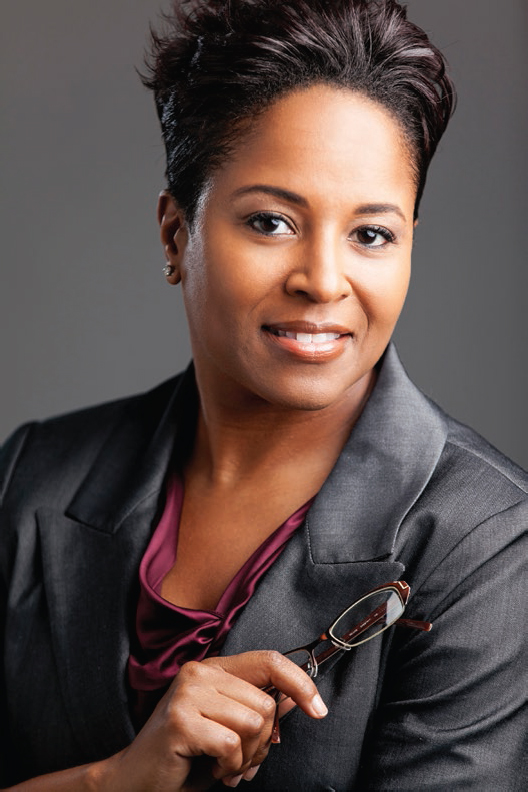
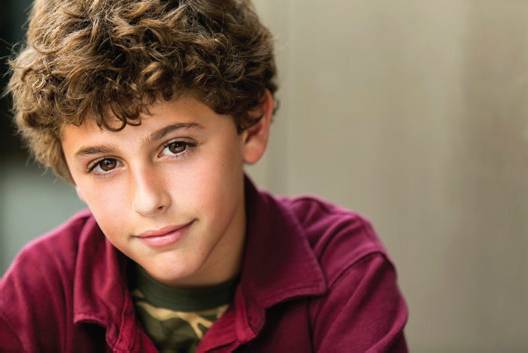
T he purpose of this book isnt to indoctrinate or self-promote, its to share. Without the generous spirits of many, many great photographers I wouldnt have made it through year one as a photographer. This is my way of pulling back the curtain and sharing my thought processes and methods, not to convince anyone that my ways are the best, but to show how many ways there are! Headshot photography has grown from a fringe, subcategory of portraiture to a booming industry all over the world that is undeniable. The demand for these kinds of images is off the charts in every profession, and hopefully anyone who wades into this collection of ideas I have put together will come out the other side with some of the tools necessary to take advantage of that demand.
Shoot well,
Gary

As a child of photographer parents, its not difficult to imagine how Gary came to be involved in the art of professional photography. It might be surprising to know that for the longest time he wanted nothing to do with it. Having held every job from musician to janitor, he eventually found his way back to the career path for which he was ultimately destined. After several years of apprenticeships, Gary and his wife, Julie, founded Hughes Fioretti Photography in Orlando, Florida, and have since made a name for themselves as the place to get headshots in Central Florida. Garys work has been featured in Professional Photographer and The Huffington Post, and he has been a platform speaker for Imaging USA and Creative Live. He currently lives in Winter Park, Florida, with his wife Julie and daughter Eleanor.
T he classic high key business portrait is one of the staples of the headshot genre because of its clean look and versatility. Today, most business portraits are intended to be used for a website or online profile; therefore, a white background is preferred because it can be easily digitally replaced with any other color that may better serve for a corporate brand or design.
There are a couple of things that should be noted when creating high key images:
1. Putting the right amount of light on the background is critical. Too much light can reflect the white back to the lens, causing a light leak or lens flare type of effect that greatly reduces contrast (this can be hard to fix in postproduction).
2. The background must be lit evenly so that you get the same exposure on all the parts of the background visible through the lens. I have found that a single light on a small stand behind and below the subject works great with the right lighting modifier. Since the background viewing area is very small through the lens, you will not need to use a lot of lights to make it look even. As long as the modifier directs all of the light toward the background and none on the subject, a scoop or cone will work great. A large, soft light source with a couple of reflectors can give you the same look as if you were using several light sources.




Additional high key portraits.
You can get a nice edge light by using the reflection from the white background, as seen here; observe the side of the subjects face at camera left. This approach can backfire if you are planning to remove the background later, so be sure to allow for an appropriate distance between the background and subject. In this scenario, a medium-gray background works much better if the background will be removed in postproduction.







